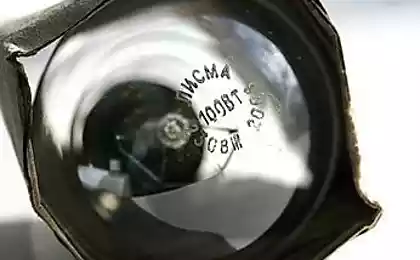791
The largest archaeological discoveries in 2010
List of major archaeological discoveries of the past, 2010, published in the journal Archaeology, which is published by the Archaeological Institute of America. We are talking not only about the archaeological finds, but also important for the archeology laboratory breakthroughs.
Next, 10 photos from here
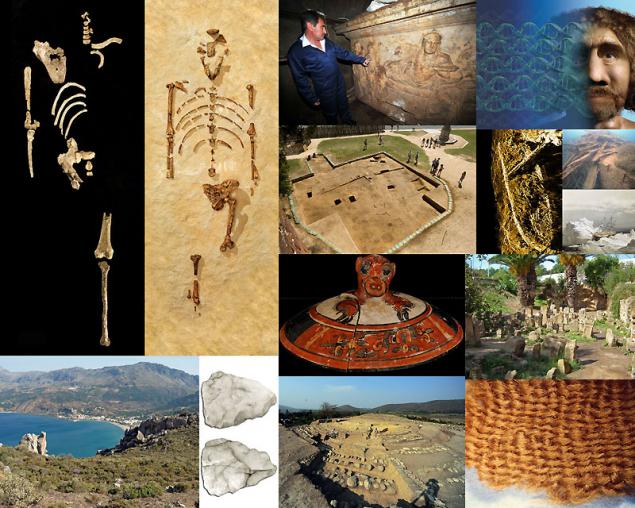
Tomb Hecatomnus (391-377 years BC. E.), King of Kari. Hecatomnus was the father of the very King Mausolus, whose tomb was one of the seven wonders of the world - the Mausoleum of Halicarnassus. Hecatomnus tomb discovered "black archeologists", but their discovery has learned after for conducting illegal excavations Turkish police arrested them.

Stone tools Paleolithic times (about 2 and 6 million years ago) have been found on the coast of the island of Crete. This finding is evidence that ancient people could not move exclusively on the land, but they could and make sea crossings. On the island of Crete people of that era arrived, most likely, not from the African continent, and with the European. Aegean islands abounds, so the ancient people could easily make not too long sea journeys from one island to another.
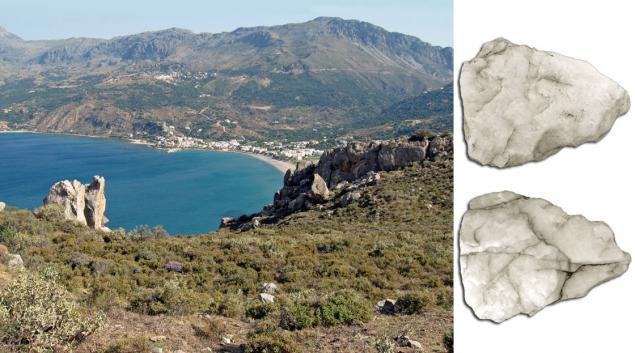
In Peru, near the city of Jaen in the jungle were discovered pyramid, whose age is about 2800 years.

In the Arctic, the Beaufort Sea were discovered the remains of the legendary British research ship "Investigator" (Investigator - the researcher), who disappeared 157 years ago. This ship in 1850 went to search for the lost Franklin expedition in the Arctic, but in the course of this operation, the ship was icebound, and the crew was forced to leave his 3 June 1853

The tomb of the king in the Maya city of El SOTS, dating back to IV century BC. In this tomb archaeologists had expected a lot of gruesome finds, among which dishes filled teeth pulled out and severed fingers.
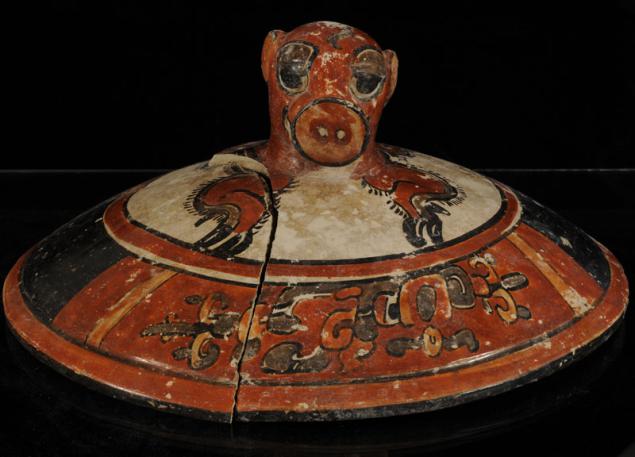
Completing the Neanderthal Genome Project, announced by a group of scientists led by Svante Paebo from the Leipzig Institute for Evolutionary Anthropology. Max Planck. It was found that the DNA of modern human and Neanderthal coincide almost 99, 5%.
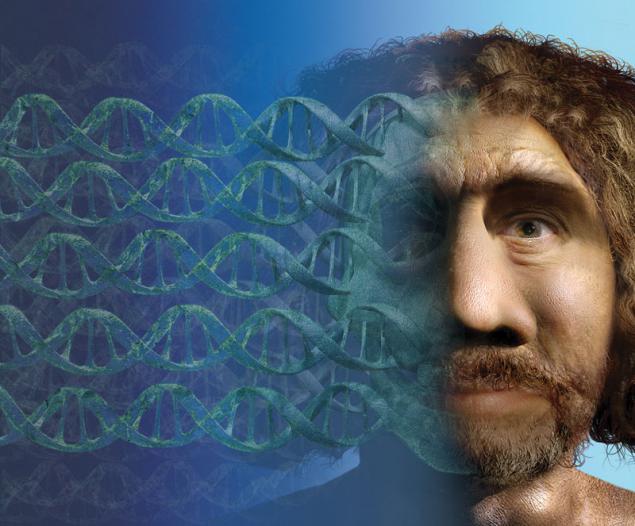
To refute the assertion that in ancient Carthage regularly practiced child sacrifice. Having studied the children's burial in Carthage Tophet, which allegedly were buried children sacrificed to Moloch, scientists from the University of Pittsburgh have found that all of the children surveyed graves had died of natural causes, and not the result of a ritual murder.

Detection of Central Africa remains of an ancient human ancestor Australopithecus Kadanuumuu. This ancestor of modern man lived about 3, 6 million years ago. That is Australopithecus Kadanuumuu at least 400 000 years older hominid "Lucy", whose age is about 3, 2 million years. Lucy is still considered to be the most ancient of our ancestors.

Detection of Jamestown (Virginia), the ruins of the church, where in 1910 married Pocahontas and English planter. This church is famous for the fact that is the oldest Protestant church in America.
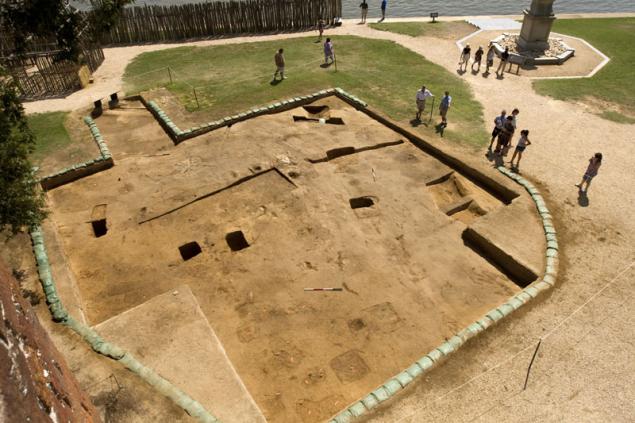
Development of the method of radiocarbon dating, in which the sample is not destroyed. The method used to date, required the complete destruction of the sample. To carry out the dating of the finds of precious had to separate a small piece that was often tantamount to the destruction of all finds. Therefore, the exact dating of many artifacts were simply impossible. The new method gives scientists the opportunity to conduct more detailed issledovaniy.Na photo: Ancient Egyptian painting after examining a new method of radiocarbon dating.

Source:
Next, 10 photos from here

Tomb Hecatomnus (391-377 years BC. E.), King of Kari. Hecatomnus was the father of the very King Mausolus, whose tomb was one of the seven wonders of the world - the Mausoleum of Halicarnassus. Hecatomnus tomb discovered "black archeologists", but their discovery has learned after for conducting illegal excavations Turkish police arrested them.

Stone tools Paleolithic times (about 2 and 6 million years ago) have been found on the coast of the island of Crete. This finding is evidence that ancient people could not move exclusively on the land, but they could and make sea crossings. On the island of Crete people of that era arrived, most likely, not from the African continent, and with the European. Aegean islands abounds, so the ancient people could easily make not too long sea journeys from one island to another.

In Peru, near the city of Jaen in the jungle were discovered pyramid, whose age is about 2800 years.

In the Arctic, the Beaufort Sea were discovered the remains of the legendary British research ship "Investigator" (Investigator - the researcher), who disappeared 157 years ago. This ship in 1850 went to search for the lost Franklin expedition in the Arctic, but in the course of this operation, the ship was icebound, and the crew was forced to leave his 3 June 1853

The tomb of the king in the Maya city of El SOTS, dating back to IV century BC. In this tomb archaeologists had expected a lot of gruesome finds, among which dishes filled teeth pulled out and severed fingers.

Completing the Neanderthal Genome Project, announced by a group of scientists led by Svante Paebo from the Leipzig Institute for Evolutionary Anthropology. Max Planck. It was found that the DNA of modern human and Neanderthal coincide almost 99, 5%.

To refute the assertion that in ancient Carthage regularly practiced child sacrifice. Having studied the children's burial in Carthage Tophet, which allegedly were buried children sacrificed to Moloch, scientists from the University of Pittsburgh have found that all of the children surveyed graves had died of natural causes, and not the result of a ritual murder.

Detection of Central Africa remains of an ancient human ancestor Australopithecus Kadanuumuu. This ancestor of modern man lived about 3, 6 million years ago. That is Australopithecus Kadanuumuu at least 400 000 years older hominid "Lucy", whose age is about 3, 2 million years. Lucy is still considered to be the most ancient of our ancestors.

Detection of Jamestown (Virginia), the ruins of the church, where in 1910 married Pocahontas and English planter. This church is famous for the fact that is the oldest Protestant church in America.

Development of the method of radiocarbon dating, in which the sample is not destroyed. The method used to date, required the complete destruction of the sample. To carry out the dating of the finds of precious had to separate a small piece that was often tantamount to the destruction of all finds. Therefore, the exact dating of many artifacts were simply impossible. The new method gives scientists the opportunity to conduct more detailed issledovaniy.Na photo: Ancient Egyptian painting after examining a new method of radiocarbon dating.

Source:























